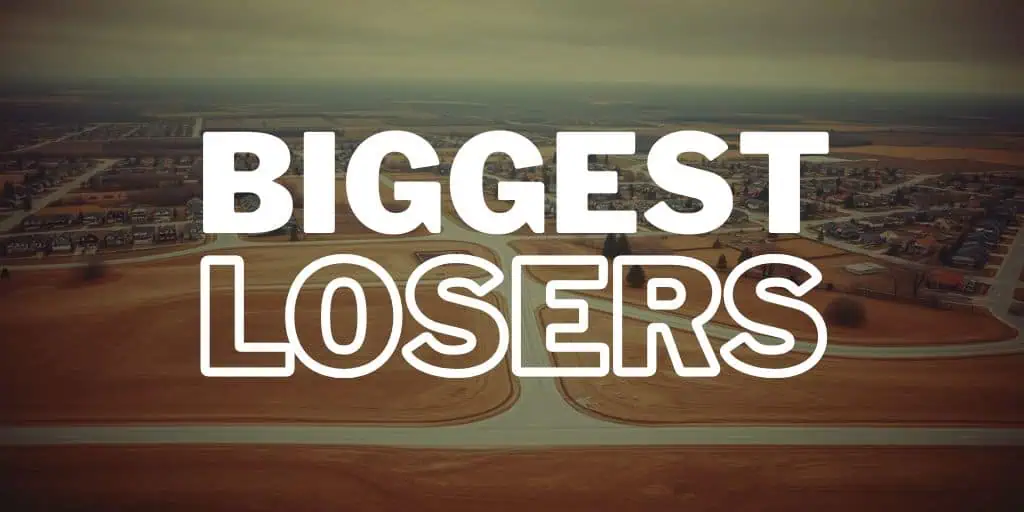
What I'm thinking about: Our two biggest losses in 5+ years of business were both infill lots, and how the price per acre becomes a dangerous trap when dealing with parcels under ~2 acres.
Even though we've had significant successes with infill lots, my threshold for pursuing them anymore is sky-high. Sometimes scars need to be dug deeper, and the pain felt more thoroughly, to learn lessons completely.
$35K Lakefront Loss: When Premium Features Become Pricing Traps
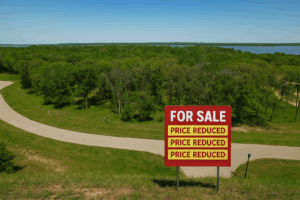
Our biggest loss to date was a two-acre lakefront parcel west of Dallas. Purchase price just over $200K – our largest investment at the time (late 2023).
I visited the lot myself. Spectacular scenery, custom homes everywhere, wildlife walking around. I'd consider owning property there personally.
The lot was the largest in the subdivision, roughly double the size of most comps. Price per acre analysis suggested we'd exit north of $400K based on smaller lakefront parcels selling around $200K. Top realtor in the area agreed.
We had crickets for several months. After eight months and numerous price cuts, we sold for just below $200K. With commission and closing costs, it was a nasty ~$35K loss, plus opportunity cost on significant capital.
And perhaps most importantly, a HUGE black mark on our early track record of higher priced properties, that could collapse the business model if we ate another loss like that.
The pressure was on.
Damage Control Tactics That Actually Saved Our Deals
- Fresh drone photos after winter (original photos showed barren trees)
- Switched brokers after 6 months to reset days-on-market timer
- Mailing neighbor letters, and to nearby LLC property owners, and local builders (along with cold calling them)
- To note, the final buyer came from our direct mail campaign.
- Renegotiated commission to save several thousand on the exit (since buyer came from mailer, only paid for selling agent commission of 3%)
Critically, price per acre meant nothing when the market wanted ~$200K lots, not $400K+ lots, regardless of size.
Second loser: Tennessee rural infill with “superior” lake view
In late 2024, we were hungry for acquisitions after selling most of our portfolio.
A classic mistake that affects even the largest investment firms – putting capital to work to avoid cash drag when the opportunity doesn't justify the investment.
~2 acre parcel with nice lake view (though not lakefront), roughly $55-60K conservative valuation based on comps, under contract for $35K.
We anticipated that superior features would outperform the market. Instead, we bought during the mini bull run before the Q2 2025 real estate downturn more substantially impacted most markets.
Red flags we ignored:
- Soil test from the late 1960s
- Even though the local planning/zoning department confirmed it was still viable, we knew from previous investments in TN that state septic approval is generally required by most buyers.
- COVID boom reversal affecting Tennessee
- Deep rural location with minimal activity, compounding the previous point
- Significant market variance, with bottom-of-the-market infill lots trading closer to ~$30K
A nosy neighbor scared off a $55K cash buyer who was under contract with us early on, claiming our parcel wasn't buildable (with zero proof, ugh…)
After that, activity died. And following a record nine price cuts later, we listed at $30K still trying to find the bottom.
Fortunately, after using the above days-on-market reset timer tactic and getting fresh drone photos, we got two offers within a week of re-listing, including a full-price $30K cash offer contingent on septic approval.
Net $10K loss anticipated (thought it was going to be worse), assuming it closes.
6 Brutal Lessons From $45K in Infill Lot Failures
Price per acre is meaningless for parcels under ~2 acres (and price per acre is generally meaningless for infills lots regardless of acreage). Smaller infill lots tend to maintain consistent value independent of features. Betting on premium characteristics is a trap unless there's overwhelming precedent (even then, DOUBLE CHECK your assumptions).
Infill lots have no recourse if something goes wrong. Only residential buyers matter. If buildability issues arise, or the resi/builder market dries up, you can be in for a world of hurt. Larger parcels offer multiple buyer types and exit strategies, even if something is missed during underwriting.
Downside protection must be extreme. Assume you'll only sell at the lowest sold comp pricing in the area. Superior features rarely justify premium pricing for small parcels. (Similar to the first lesson, but bears worth repeating, can’t hammer this home enough).
Days-on-market resets work. Taking listings down to refresh the timer helped both properties sell (we also did this for another lakefront infill lot in GA, which got us an offer within a week of re-listing, fortunately at a decent profit). In combination, fresh photos (especially if it’s a green season) can also resurrect dead listings.
Treat (potential) losers like 5-alarm fires. I personally cold-called every builder multiple times within two hours of the TN property. No task is beneath you (or your most capable team member) when facing a poor exit. Your business may depend on it, especially in a difficult market/economy.
Market timing destroys infill lot strategies. COVID boom reversal makes former hot markets like TX or TN extra dangerous for small parcels, reliant on residential buyers.
=====
Looking for reliable funding on proven land strategies? Serious Land Capital is actively seeking larger acquisitions ($150K+ purchase price preferred, $50K minimum) with strong exit potential and buyer diversity.
Our hard-earned lessons from infill lot disasters mean better risk assessment and downside protection for your deals.
P.S. Silver lining update: The combined exit from both the TN auction property (which we previously covered) and this TN infill lot will be slightly profitable, rather than the potential total loss of approximately $60-70K we were facing. Sometimes, persistence, smart damage control, and a healthy dose of luck can salvage disasters into break-even scenarios.
Originally published on https://seriousland.capital/newsletter/ on





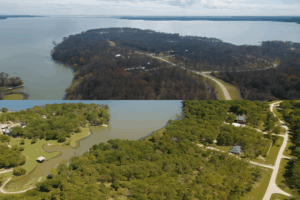
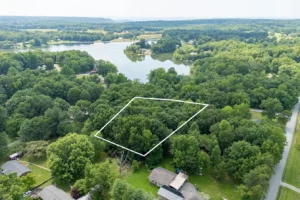
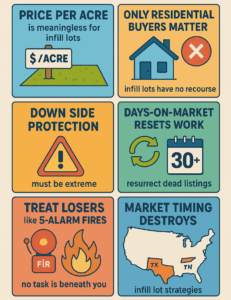

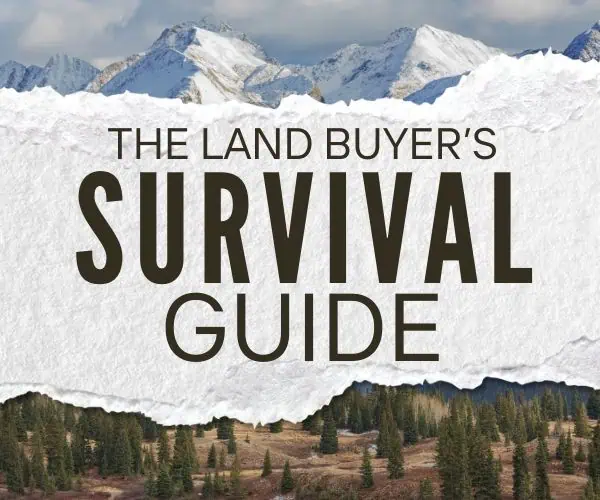

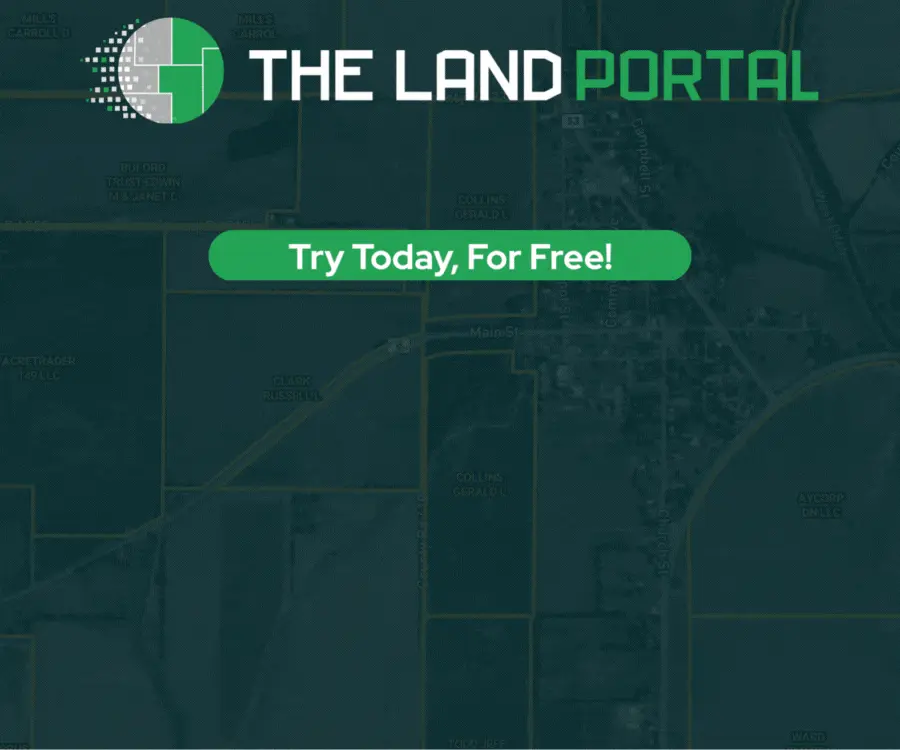


Chris – thanks for your candor about mistakes. We have our share too.